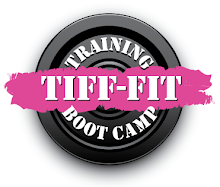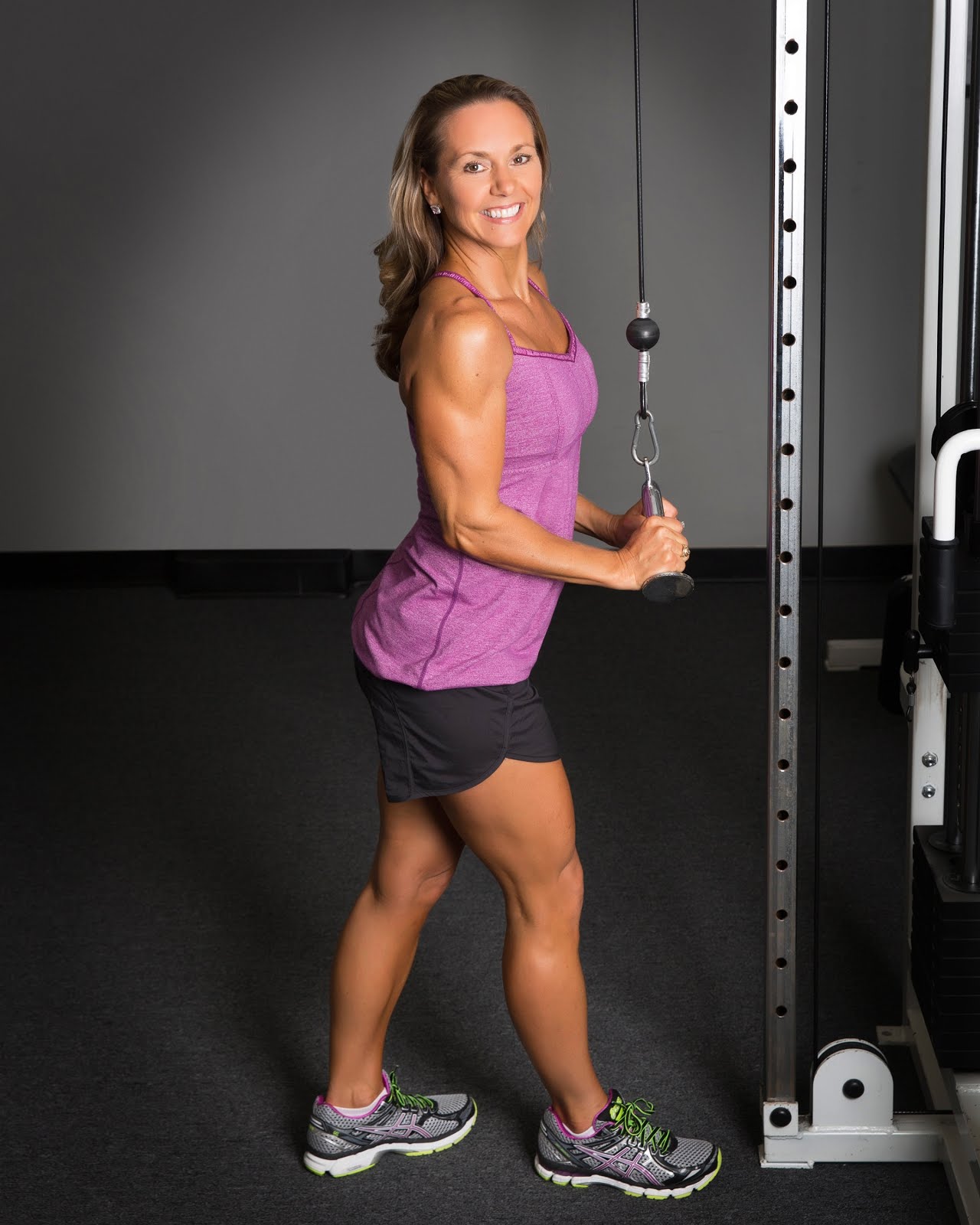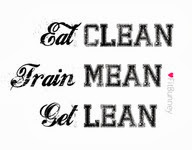
Here are a few tips to help you dissect the food label before your next visit to the supermarket:
SERVING SIZE MATTERS
Just because the food label lists a certain number of calories per serving does NOT mean that's how much YOU eat. In fact, almost everyone I know consumes much more than the serving size listed on the Nutrition Facts panel. Many times the amounts are just not realistic, and most people -- rather than counting out 15 chips or measuring a three-ounce serving -- either fool themselves into thinking they're eating the "right amount" or ignore it altogether. And because the ENTIRE Nutrition Facts panel is based on the "serving size," it's very important to get it right or all the information will be inaccurate.
So, what should you do? I'm not suggesting you sit there with a measuring cup or a scale every single time you eat, but try to get an accurate measurement once in a while. At the very least, measure how much food your bowls, glassware, and plates can hold. Learn a few quick "eyeball" estimators -- for instance, you can use the size of your fist as a guideline for measuring a half cup of cooked pasta.
Comparing calories from food to food is also confusing because food densities differ, so a volume-to-volume approach doesn't always work. It would be simpler to comparison-shop if there was a "calories per gram" standard on the panel -- similar to the way supermarkets have "unit" pricing.
CALORIES ARE KEY
The reality is that calories are a good thing -- they're a source of energy. The problem arises when we eat too many of them. Females typically need 1,800 calories or fewer per day, while males need about 2,200. A quick rule of thumb to calculate your calorie needs is 10 calories per pound of your current weight for weight loss or 14 calories per pound for weight maintenance.
If you still have trouble understanding the value of a calorie, keep this in mind: for every extra 100 calories you eat each day, you would have to walk for an additional 25 minutes to burn it off. At least you'll have something to relate to the next time you reach for that second bite of cake.
Oh, and about those "Calories from Fat" on the Nutrition Facts panel -- as a general rule, a low-fat food should have no more than 20 percent of the total calories from fat. So if you have a food with 200 calories, and 100 calories are from fat, do the math -- fifty percent of its calories from fat, far from 20 percent, so it's not a low-fat food.
DEMYSTIFYING FATS
We've come a long way since the days when all fats were taboo. We need fat in our diets -- it's recommended that about 25 to 30 percent of our daily food intake should come from fat, with limited "bad" fats and an emphasis on "good" fats.
The Bad Fats
Saturated: These fats, which are listed on the label, are found primarily in animal products like meat, whole-milk dairy products, poultry skin, and egg yolks. Consuming too many of these fats can raise your "bad" cholesterol levels; therefore, less than 10 percent of your total calories should be from saturated fat.
Trans: This fat was created to increase food shelf life. Manufacturers take healthy polyunsaturated oils and blast them with hydrogen gas to solidify them, and, in the process, make them incredibly unhealthy. The problem is that trans fat won't be listed on the label until 2006, so you need to look for trans fat clues. Know "suspect" foods, such as margarines (unless they say "no trans fat" on the label), shortenings, deep-fried foods, fast foods, and many commercial baked goods such as pies, cookies, cakes, crackers, and doughnuts. Check the ingredients list, and be on the lookout for partially hydrogenated oil -- if it's there, you have trans fat. Also, many products now promote that they are "trans fat free" -- look for this on the front of the packaging.
The Good Fats
Unsaturated fats are found in products derived from plant sources, such as vegetable oils, nuts, and seeds. There are two main categories:
Monounsaturated: These fats are found in high concentrations in canola, peanut, and olive oils, as well as olives, peanuts and peanut butter, and avocados. Studies have found that monounsaturated fat helps lower LDL (the "bad") cholesterol and raise HDL (the "good") cholesterol levels in your body.
Polyunsaturated: These fats are prevalent in sunflower, corn, safflower, cottonseed, and soybean oils, nuts, and fish (omega-3). They've been found to help lower total cholesterol levels and prevent heart disease (particularly the omega-3s).
Unfortunately, neither type of "good" fat is required to be listed on the food label, but some companies do provide this information. You can also subtract the saturated fat from the total, and check the ingredient list for trans fat clues -- anything left over is probably "good" fat. You'll only get a vague idea, but hey, it's better than nothing!
LIGHT ON THE CHOLESTEROL AND SODIUM
The idea is to keep cholesterol as low as possible. If the product has cholesterol, check the Percent Daily Value, and make sure it isn't high. For most healthy people, the recommendation is to keep cholesterol intake at no more than 300 mg per day.
As for sodium (or salt), your daily intake should be moderate -- the recommendation is less than 1,500 mg, which is pretty tight if you eat a lot of frozen meals, canned foods, broths and soup mixes, or condiments. Look for low sodium or "no salt added" products to give you a little leeway.
CARBOHYDRATES ARE NOT ALL BAD
Carbs are taking a big hit these days, even though they are an important nutrient and necessary for survival. Foods that contain carbohydrates include fruits, vegetables, starches, beans, nuts, milk, and yogurt. Carbohydrates are also found in any food that contains sugar such as cookies, cakes, soft drinks, syrups, and, of course, table sugar.
Are there different types of carbohydrates? Absolutely. While most carbs -- sugar is the best example -- are digested and turned into blood sugar, other carbs behave differently. In fact, if you are looking at the Nutrition Facts panel, you will see carbohydrates broken down into two categories: dietary fiber and sugar.
What exactly is dietary fiber? Simply put, it's the indigestible parts of plant cells. Although it is a carbohydrate, fiber does not convert to glucose and thus does not raise your blood sugar the way other carbohydrates typically do, and it makes you feel full longer -- a good thing.
The "sugars" section includes those that are present naturally in the food (such as lactose in milk and fructose in fruit), as well as sugars added to the food during processing. In most cases, your body can't distinguish between the two. If you're interested in finding out whether a sweetener has been added, check the ingredients list for terms such as "sugar (sucrose)," "fructose," "maltose," "lactose," "honey," "syrup," "corn syrup," "high-fructose corn syrup," "molasses," and "fruit juice concentrate."
A FEW CLUES
A Percent Daily Value (%DV) is listed for each nutrient. These percentages are helpful for determining a food's nutritional value, or lack thereof. They tell you whether one serving of food contributes a lot or a little to your total nutrient intake for the day (based on an average 2000-calorie diet).























